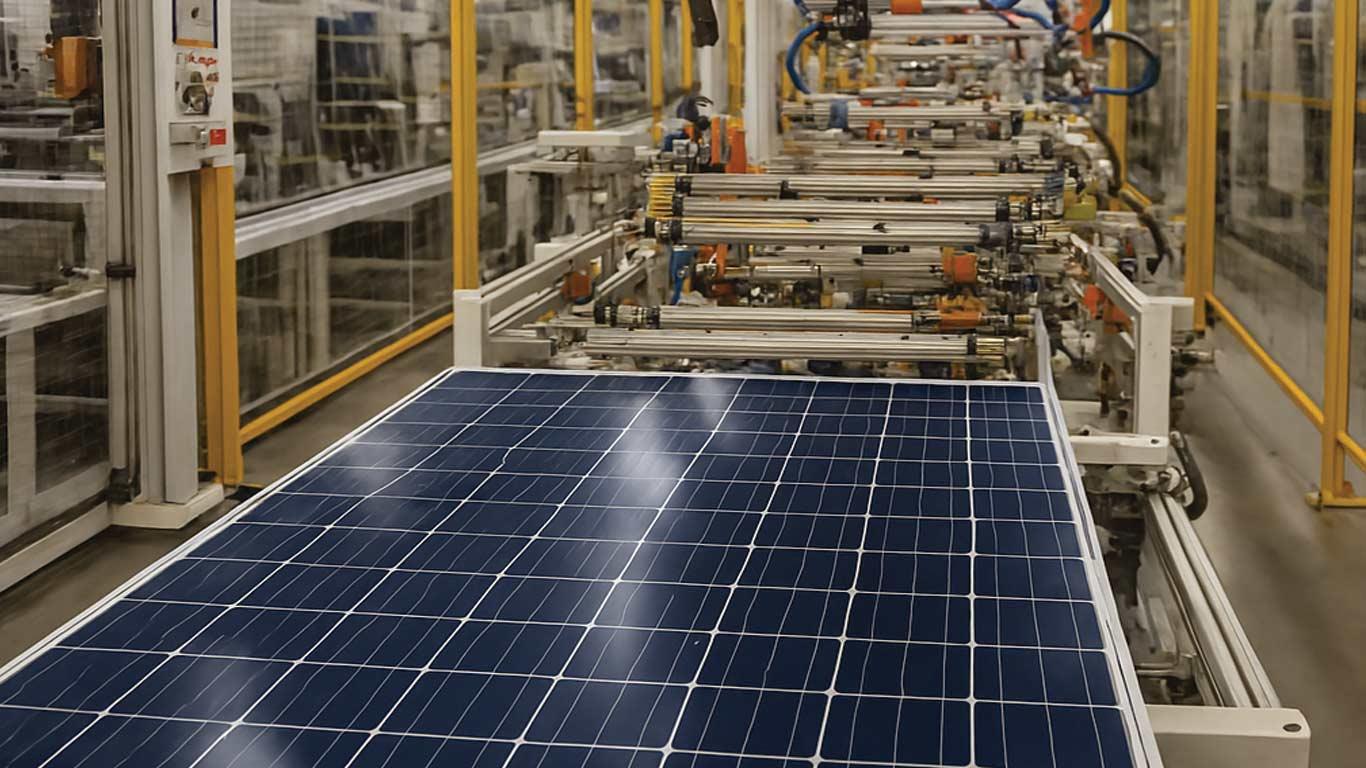India Targets Made-In-India Solar Cells By 2028
Speaking at the Ministry of New and Renewable Energy's (MNRE) State Review Meeting on Renewable Energy, he said the country is moving beyond solar module assembly to developing domestic capacity for wafers and ingots, thereby reducing import dependence and strengthening self-reliance in clean energy manufacturing.
The minister said the initiative is expected to generate employment, attract investment, and consolidate India's position as a global hub for renewable energy technologies.
He noted that India has already crossed 251.5 GW of non-fossil power capacity, marking significant progress towards its 2030 target of 500 GW.
Joshi highlighted the performance of flagship schemes, stating that nearly 20 lakh households have benefitted from the PM Surya Ghar Muft Bijli Yojana.
He urged states and distribution companies (DISCOMs) to ensure strict quality compliance, expedite agreements, and extend tariff benefits to consumers.
On the PM-KUSUM scheme, he said it has gained momentum after initial hesitation, with several states now demanding additional allocations. A second phase of the programme will be launched after the current phase concludes in March 2026.
On free electricity provisions, the minister stressed the need for financial sustainability, noting that nearly half of the beneficiaries under the Surya Ghar scheme currently receive zero electricity bills.
He also underlined the importance of complementing capacity addition with effective utilisation, urging states to accelerate Renewable Purchase Obligations (RPOs), power purchase agreements (PPAs), and transparent land allotments.
Joshi called for stronger ease-of-doing-business measures in the renewable sector, including single-window clearances, reduced compliance burdens, and swift resolution of Right of Way and law-and-order issues faced by developers.
He also urged wind-rich states to prepare time-bound roadmaps for site allocation and transmission infrastructure.
He said the recent reduction in GST on renewable energy devices from 12 percent to 5 percent would make solar, wind, biogas, and waste-to-energy technologies more affordable.
On manufacturing, the minister highlighted the impact of the Production Linked Incentive (PLI) Scheme for High-Efficiency Solar PV Modules, with Rs 24,000 crore in outlay, 100 GW of module capacity established, Rs 50,000 crore of investments, and over 12,600 jobs created.
Minister of State for New and Renewable Energy Shripad Naik said schemes such as PM-KUSUM and PM Surya Ghar are central to ensuring energy security and sustainability.
He said over 16 lakh of the 49 lakh solar pumps allocated under PM-KUSUM have been installed or solarised, reducing diesel use by 1.3 billion litres annually and cutting 40 million tonnes of carbon dioxide emissions.
Installations under the Surya Ghar scheme, he added, are progressing at a rate of 4,500 systems per day, with the support of more than 18,000 vendors.
MNRE Secretary Santosh Kumar Sarangi underlined that India's green transition is critical to achieving net zero by 2070, with renewable capacity targets of 1,800 GW by 2047 and 5,000 GW by 2070.
The review meeting included state-wise assessments of major schemes, industry presentations, and stakeholder consultations on the design of PM-KUSUM 2.0.
(KNN Bureau)
Legal Disclaimer:
MENAFN provides the
information “as is” without warranty of any kind. We do not accept
any responsibility or liability for the accuracy, content, images,
videos, licenses, completeness, legality, or reliability of the information
contained in this article. If you have any complaints or copyright
issues related to this article, kindly contact the provider above.
Most popular stories
Market Research

- What Does The Europe Cryptocurrency Market Report Reveal For 2025?
- United States Kosher Food Market Long-Term Growth & Forecast Outlook 20252033
- Utila Triples Valuation In Six Months As Stablecoin Infrastructure Demand Triggers $22M Extension Round
- Meme Coin Little Pepe Raises Above $24M In Presale With Over 39,000 Holders
- FBS Analysis Highlights How Political Shifts Are Redefining The Next Altcoin Rally
- 1Inch Becomes First Swap Provider Relaunched On OKX Wallet






















Comments
No comment